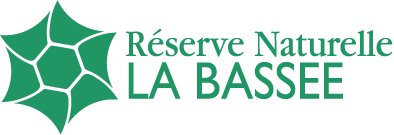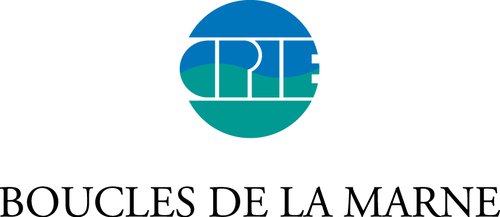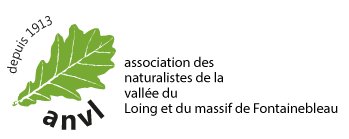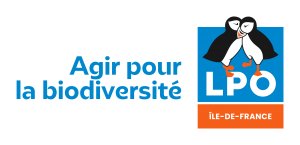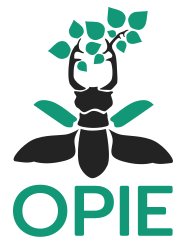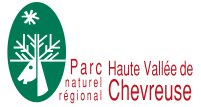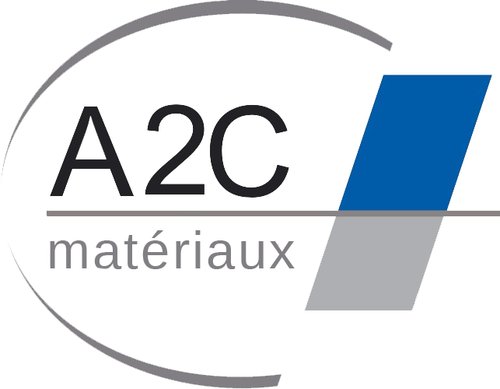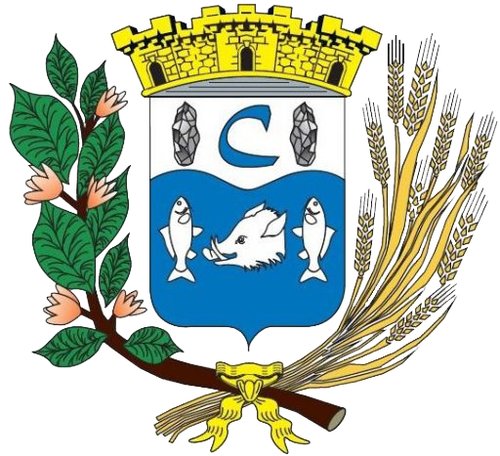-
429
observations -
118
communes -
77
observateurs
17
organismes -
Première observation
1996 -
Dernière observation
2025
-
AGRENABA - RNN de la Bassée
Participation à 123 Observations
Part d'aide à la prospection : 28.67 %Fiche organisme
-
Ecosphère
Participation à 40 Observations
Part d'aide à la prospection : 9.32 %Fiche organisme
-
CPIE Boucles de la Marne
Participation à 34 Observations
Part d'aide à la prospection : 7.93 %Fiche organisme
-
ANVL (Association des Naturalistes de la Vallée du Loing et du massif de Fontainebleau)
Participation à 23 Observations
Part d'aide à la prospection : 5.36 %Fiche organisme
-
Département 77
Participation à 11 Observations
Part d'aide à la prospection : 2.56 %Fiche organisme
-
LPO Île-de-France
Participation à 10 Observations
Part d'aide à la prospection : 2.33 %Fiche organisme
-
Île-de-France Nature (Anciennement AEV)
Participation à 8 Observations
Part d'aide à la prospection : 1.86 %Fiche organisme
-
Opie (Office pour les insectes et leur environnement)
Participation à 7 Observations
Part d'aide à la prospection : 1.63 %Fiche organisme
-
SFO - Société Française d'Odonatologie
Participation à 6 Observations
Part d'aide à la prospection : 1.40 %Fiche organisme
-
Biotope
Participation à 4 Observations
Part d'aide à la prospection : 0.93 %Fiche organisme
-
PNR Haute Vallée de Chevreuse
Participation à 3 Observations
Part d'aide à la prospection : 0.70 %Fiche organisme
-
CEN - Conservatoire d'espaces naturels d'Île-de-France
Participation à 3 Observations
Part d'aide à la prospection : 0.70 %Fiche organisme
-
A2C Granulat
Participation à 2 Observations
Part d'aide à la prospection : 0.47 %Fiche organisme
-
Département 93
Participation à 2 Observations
Part d'aide à la prospection : 0.47 %Fiche organisme
-
ARB îdF (Agence régionale de la biodiversité en Île-de-France)
Participation à 1 Observation
Part d'aide à la prospection : 0.23 %Fiche organisme
-
Ville de Changis-sur-Marne
Participation à 1 Observation
Part d'aide à la prospection : 0.23 %Fiche organisme
-
SHF (Société Herpétologique de France)
Participation à 1 Observation
Part d'aide à la prospection : 0.23 %Fiche organisme
Informations espèce
Commentaires sur l'espèce
Leucorrhinia caudalis est une espèce euryèce des eaux oligotrophes. Ses bastions régionaux se situent actuellement en Bassée , le long de la Seine et de la Marne (77). Elle semble en expansion dans l'Est de la France depuis une petite décennie et les observations récentes pourraient y être liées.
Plus d'informations sur la fiche TVB nationale
Ciblage des prospections
A rechercher surtout dans les grandes vallées alluviales mais des stations de grands étangs forestiers ne sont pas à exclure.
Rechercher des exuvies début mai, souvent dans des bandes de Carex à proximité d'arbres rivulaires avec des pieds dans l'eau.



